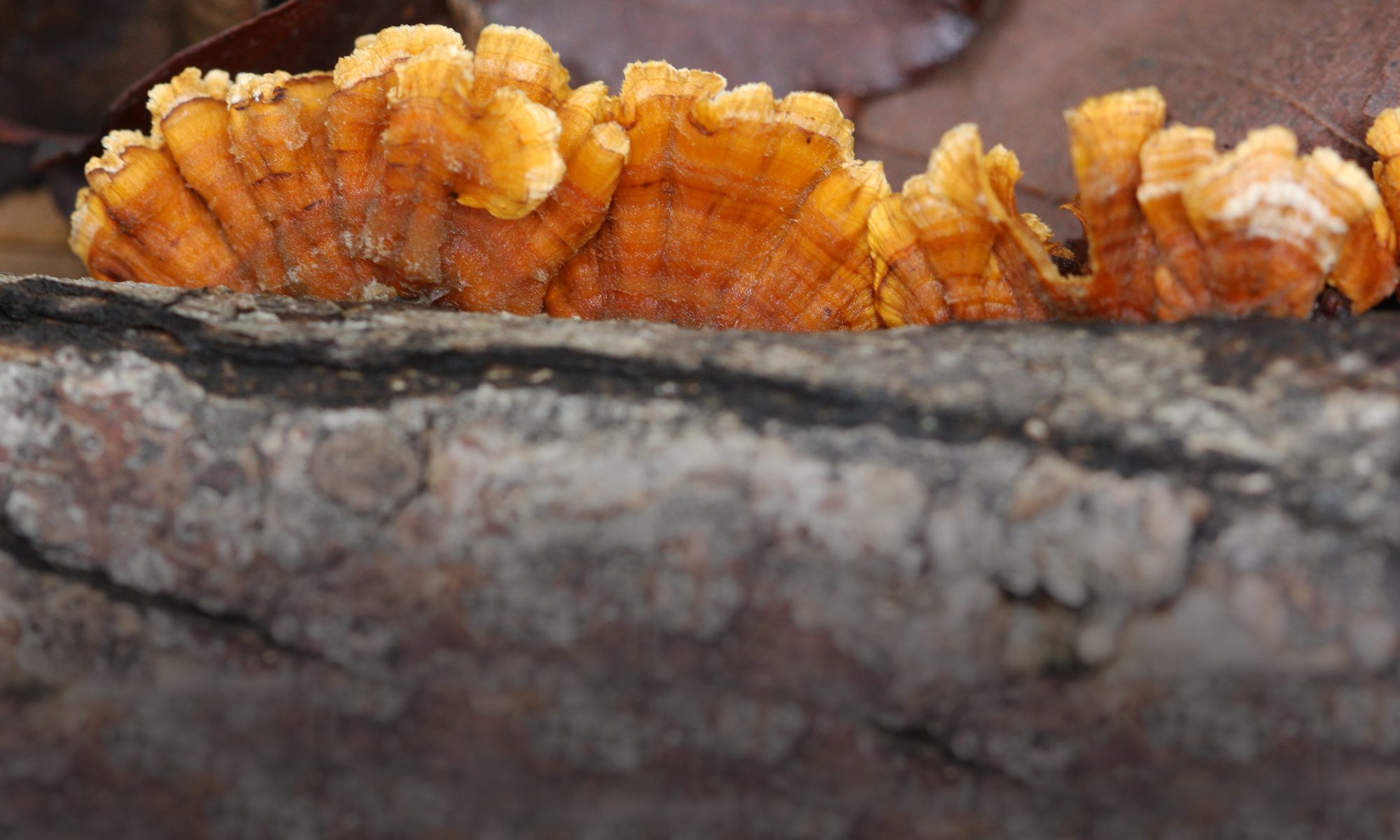With an estimated 1.5 million species, fungi constitute the most diverse group of eukaryotic organisms on earth, second only to insects in the number of species thought to exist. However, less than 100,000 species or 7% of fungi have been described so far indicating a great deal of fungal biodiversity remains to be discovered. Ascomycetes constitute the largest known group of fungi with over 32,000 species, of which pyrenomycetes (classified in the Class Sordariomycetes and Class Dothideomycetes) account for almost 25%. Pyrenomycetes are an economically and ecologically important group of fungi in that they contain the “fruit flies” of the fungal world (i.e. Neurospora crassa, Podospora anserina,Sordaria fimicola) as well as significant destructive pathogens including the causative agents of chestnut blight (Cryphonectria parasitica), dutch elm disease (Ophiostoma ulmi), and the recently discovered beech bark disease (Nectria coccinea).
My lab is actively conducting biodiversity inventories of ascomycetes throughout the World, primarily in New World temperate and tropical areas. We completed a four-year study (2005–2008) in the Great Smoky Mountains National Park to determine the diversity, abundance, distribution, seasonality, and host specificity of ascomycetes throughout the Park. We recently completed an inventory of freshwater ascomycetes along an altitudinal gradient in Peru. These data will greatly add to our understanding of the ecology, biogeography and natural history of these organisms. Our current research is investigating fungal biodiversity in Great Lakes sediments to determine their bioactive properties.

